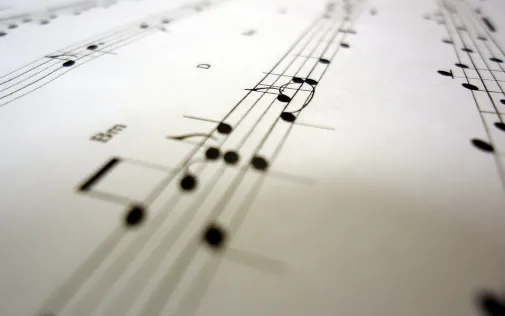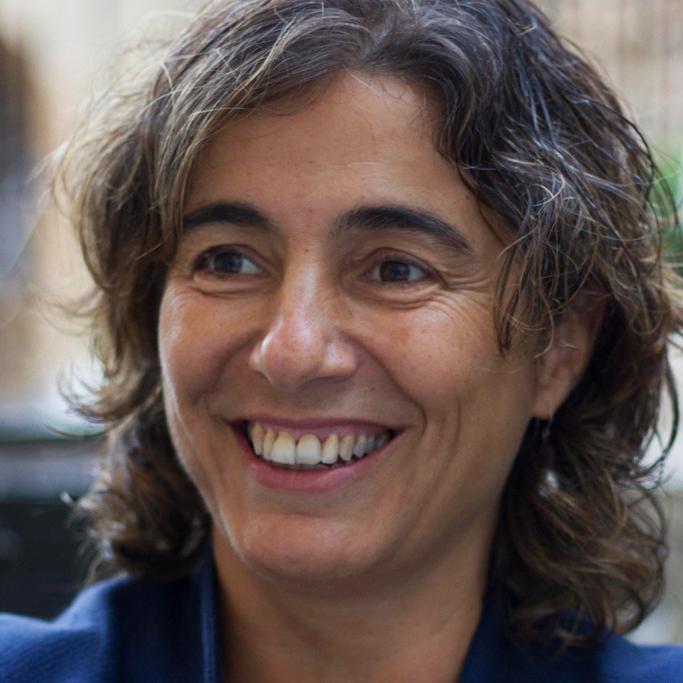
When we play music, dance or perform we are a small community where, in a limited time and space, the strengths and weaknesses of a group of people interacting cross.
Through art and with time, music, dancing and drama have a set of unique features that, if used well, can help creating spaces and making time for participation, coming together, sharing and cooperating.
Their ephemeral nature and the fact that art is a language that becomes enriched with a diverse and complementary participation means that temporal artistic languages facilitate processes of meeting, inclusion, participation and cooperation…
Participating through music, dancing and drama means:
“Here and now” because they can’t be stopped, they have an impact in creating the right ambience for participation and call for active participation, paying attention to the time shared and experienced.
And is an opportunity for:
A joint and simultaneous expression that is not uniform and is diverse (different people, with different skills, who play and instrument, sing, dance and perform leading to a harmonic aesthetic expression that wouldn’t be complete if any of the pieces was missing).
Another common trait of artistic expressions is that experiencing them wakens and interconnects our emotions. They are paths that can lead to the conditions for a shared wellbeing, pleasure and safety that are so necessary for people to live well and with dignity.
When we play music, dance or perform we are a small community where, in a limited time and space, the strengths and weaknesses of a group of people interacting cross.
In my opinion, it is in this space and at this time that we should look for and find the sense of communion, by creating the right ambience using a pedagogy of conditions (Philippe Meirieu) in a space and at a time of meeting. A sensorial exploration, an individual manipulation, the way they relate, the aesthetic pleasure through the world of emotion are both tools and goals, the path and the goal.
And it is in this shared space and time that everyone fits in, wherever they come from and however they are. Because having access to practicing culture and art is a human right (enshrined in several universal declarations and legislation) and because they are part of the intangible heritage of mankind and evidently contribute to one’s development and wellbeing.
This space and time can be created through an inter and transcultural lens, understanding these languages from their community and participatory dimensions (practiced in many African, Afro-American, Latin American or certain Asian communities) confronted with the Western conception of music as an “aesthetic product” done by experts, to be consumed as a listener by a majority of the community (Christopher Small)



Add new comment